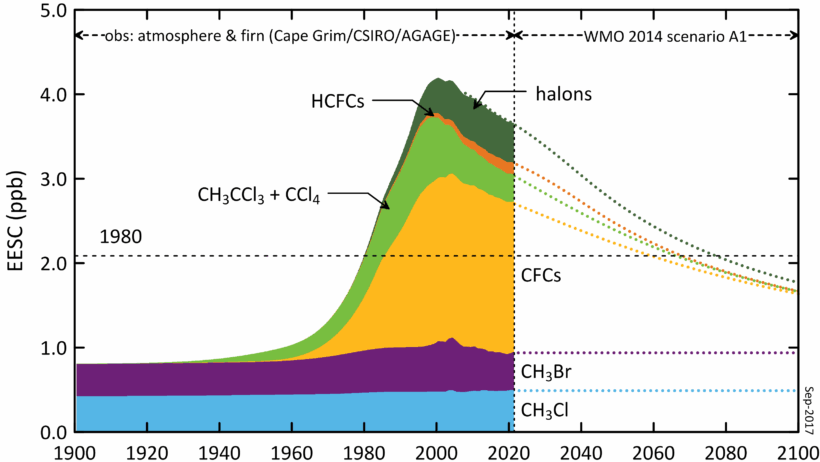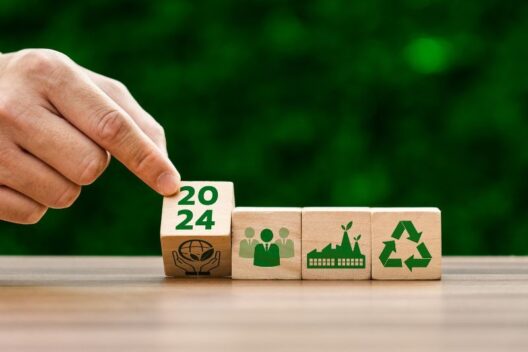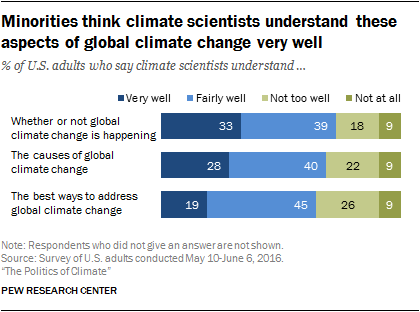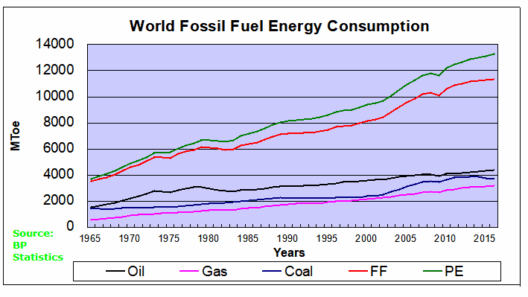The depletion of the ozone layer and global warming are often discussed as independent environmental challenges. However, both phenomena can be intrinsically linked through the larger narrative of human impact on the atmosphere. Understanding the complexities of the relationship between the ozone hole and global warming is critical in forming an effective response to these multifaceted issues.
The stratospheric ozone layer serves as Earth’s protective shield, absorbing the majority of the sun’s harmful ultraviolet (UV) radiation. This layer is composed predominantly of ozone (O₃) and is crucial for maintaining ecological balance. The notion of an “ozone hole,” particularly over Antarctica, has been a focal point of environmental discussions since the late 20th century. It was during this time that scientists discovered a dramatic thinning of the ozone layer, largely attributable to the anthropogenic release of chlorofluorocarbons (CFCs) and other ozone-depleting substances. The 1987 Montreal Protocol marked a significant global commitment to phase out these harmful chemicals, signifying hope for the restoration of the ozone layer.
Conversely, global warming, primarily driven by increasing concentrations of greenhouse gases such as carbon dioxide (CO₂), methane (CH₄), and nitrous oxide (N₂O) in the atmosphere, shows a different trajectory. The burning of fossil fuels, deforestation, and industrial processes contribute substantially to this phenomenon. The increase in global temperatures has far-reaching implications, including Melting ice caps, rising sea levels, and alterations in weather patterns.
Despite their differences, a connection exists between the ozone layer and global warming, primarily through the interplay of atmospheric chemistry and climate systems. For example, while CFCs are notorious for depleting the ozone layer, they are also potent greenhouse gases. Their global warming potential can be thousands of times greater than CO₂. Understanding this dual role is vital when addressing both ozone depletion and climate change, as mitigation efforts for one can inadvertently impact the other.
The effects of climate change on the ozone layer cannot be overlooked. Stratospheric temperatures are crucial in the chemistry of ozone. For instance, warming in the lower stratosphere can weaken the overall ozone shield by altering the circulation patterns that transport ozone-depleting chemicals. Furthermore, climate warming can lead to increases in polar stratospheric clouds, which provide a platform for chemical reactions that contribute to ozone depletion. Thus, the relationship is complex and requires an integrative approach in policy-making and scientific research.
Another layer of complexity arises when considering the potential recovery of the ozone layer in the context of climate change. The successful implementation of the Montreal Protocol indicates that it is possible to reverse damage to the ozone layer. However, this recovery could be offset by ongoing global warming. As the planet continues to warm due to greenhouse gas emissions, the interactions between the atmospheric layers become more complicated, and the long-term resilience of the ozone layer remains uncertain.
In addition, while scientists predict that the ozone layer will gradually heal in the coming centuries, the timeline is contingent upon stringent adherence to international agreements banning ozone-depleting substances. Nonetheless, any temporary lapse in commitment can result in accelerated degradation, particularly if combined with the accelerating forces of climate change.
To gain a more comprehensive understanding, it is pertinent to examine the societal and economic implications of both phenomena. Efforts to curtail ozone-depleting substances have also led to broader environmental awareness and action against climate change. The instrumentation developed for monitoring ozone levels has been repurposed to study greenhouse gases. This cross-disciplinary approach fosters innovation and can lead to solutions applicable across climate science and atmospheric research.
Education and public awareness play pivotal roles in addressing both ozone depletion and global warming. Knowledge dissemination regarding the significance of the ozone layer is paramount to galvanizing community action and policy support. Initiatives aimed at promoting sustainable practices—like increasing energy efficiency, reducing waste, and transitioning to renewable energy—can contribute to mitigating both problems synergistically.
Legislation is a crucial element in managing the challenges posed by both global warming and ozone depletion. Governments worldwide must remain vigilant, enforcing strict regulations on industries that contribute to emissions. Furthermore, international collaboration is imperative for success; climate change knows no boundaries, and ozone-depleting substances can affect regions far beyond their point of release. Strengthening alliances and fostering cooperative research initiatives will enable countries to pool resources and share research, accelerating overall progress toward solutions.
In summary, while the ozone hole and global warming may seem like divergent issues, their intertwined nature underscores the need for an integrated approach to environmental policy. The recovery of the ozone layer hinges on global cooperation, strict regulatory actions, and a robust commitment to curbing greenhouse gas emissions. Only through sustained efforts in education, legislation, and international collaboration can these pressing challenges be effectively addressed, paving the way for a more resilient ecological future.








